
The top solar markets leading the way to solar energy use
Solar energy has known an immense growth in the past couple of years. Since the year 2000, solar capacity installed has increased from 2 GW to 1 TW in May 2022. That’s a 500% increase!
Even though solar energy is getting more and more popular by the day, solar developments and the transition to renewable energy are dealing with some challenges that are slowing down the process.
Challenges for the solar market
First, the worldwide pandemic has had a significant impact on the growth of the solar market. Factories were closing down and less staff was available leading to a lower availability of stock and materials.
A second issue that decision makers are lacking the vision that is needed to successfully implement strong growth plans for the future. In addition, flawed policy frameworks have a negative impact on the transition to solar energy. One major problem at the moment are the lengthy and costly permitting procedures that are delaying developments immensely.
Let’s take Germany as an example. The country installed a record of solar power plants in 2012. However, Germany did not manage to break that record volume in the next following years. Eventually, a new government was selected and came up with more ambitious plans to boost solar energy.
Another challenge for the solar market is “Inflation”. Due to the Russian invasion in Ukraine, a lot of countries are facing an energy crisis with increasing prices. In addition, the invasion has an enormous negative impact on the economy, leading to increasing prices for materials, for instance.
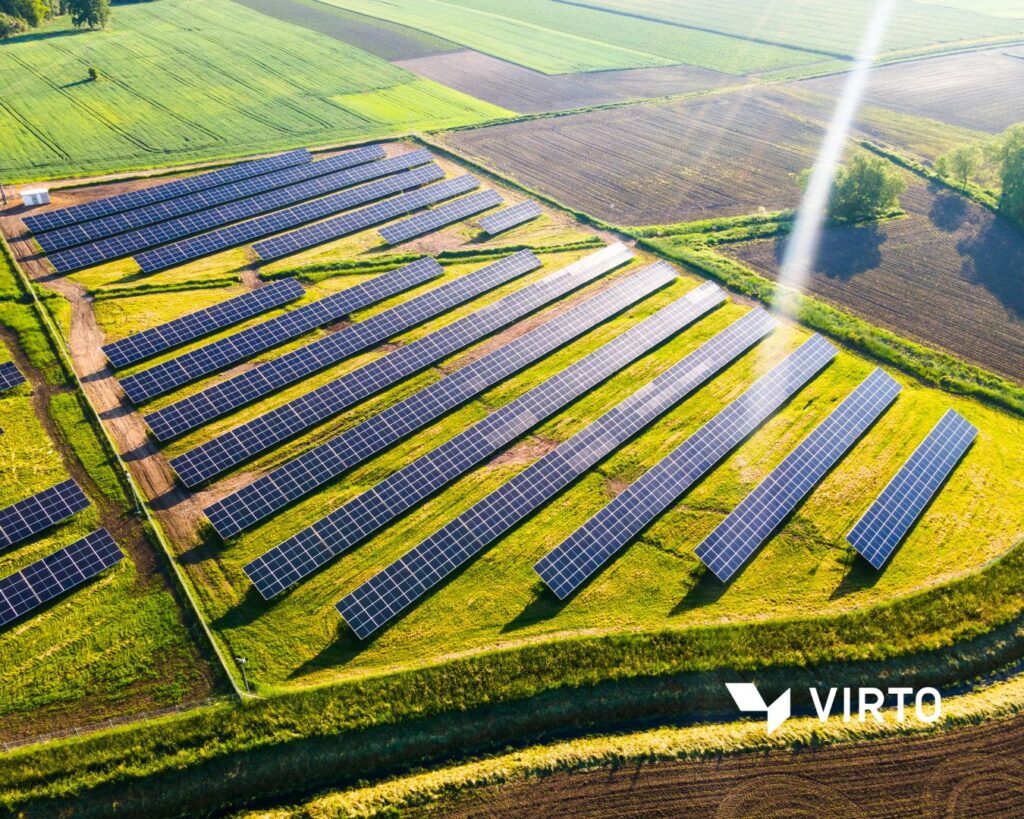
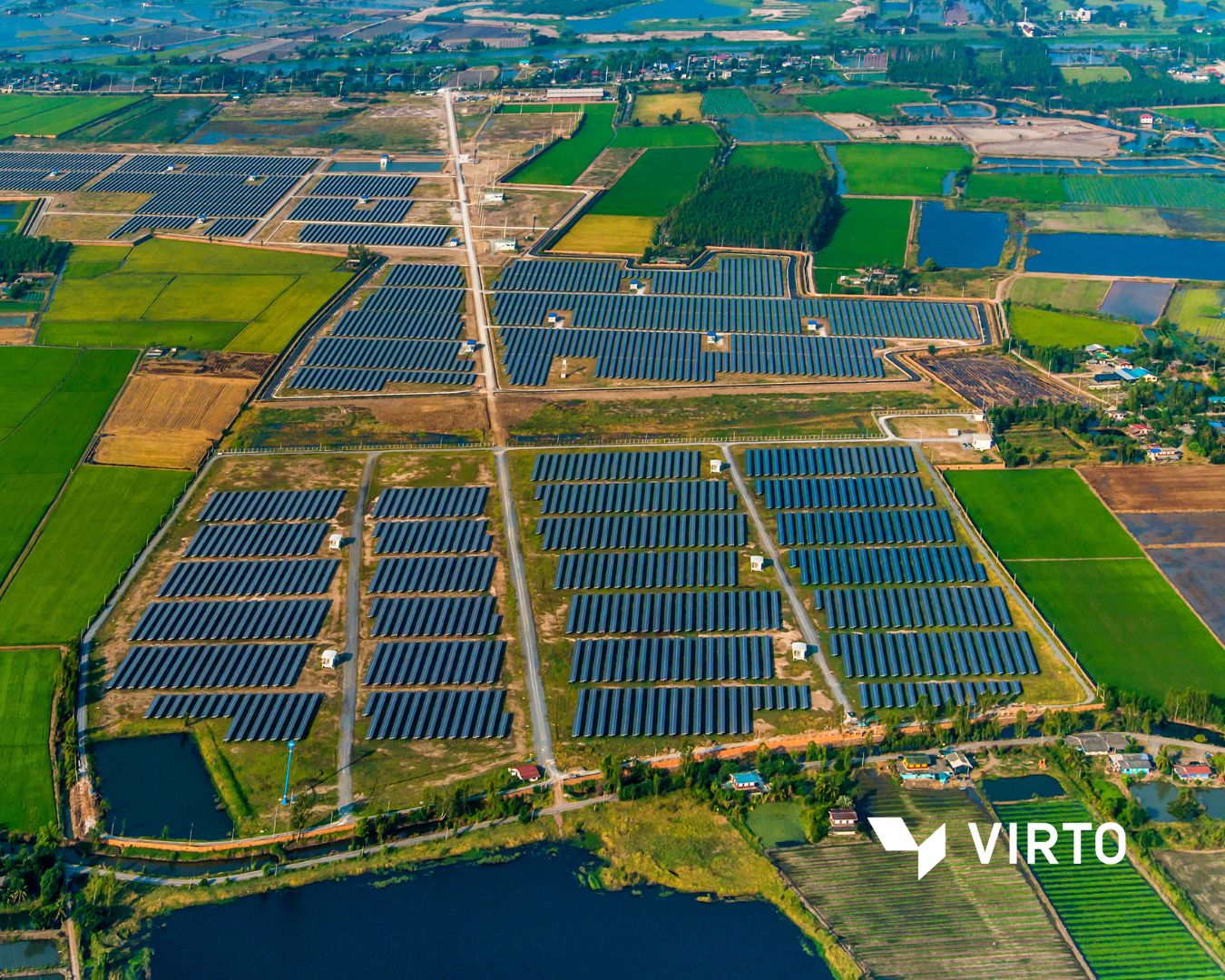
Moving so solar energy
Despite these challenges, opportunities arise as well. More and more governments see the importance and value of solar energy. As a result, they implement ambitious goals and plans, resulting in new legal boundary conditions that will not only stimulate growth but also boost the transition to renewable energy. For instance, the newly elected government in Germany acknowledges the importance of moving forward. The country does not only invest in the solar PV market, but is also determined to boost this market by setting out new regulations.
We also see a movement towards becoming more self-providing and less dependent. The Russian invasion in Ukraine showed us what the geostrategic importance of solar power is. Almost all European countries are now trying to become self-providing so they can stop using Russia’s energy as soon as possible. By combining solar power and heat pumps, Europe is trying to become self-providing and to provide both electricity and heat.
Thanks to a growing competitiveness of solar technology, solar tenders are becoming cheaper. This results in lower biddings and thus more projects.
Lastly, an increasing number of countries is investing in solar power. The solar market in Latin America is booming because of impressive photovoltaic developments in Brazil and Chile. Brazil, for instance, has set out important and attractive policy tools that support and boost solar growth. Thanks to this, Brazil is expected to install 54 GW by 2026.
Top 10 solar markets
China, USA & India
Based on data released by SolarPower Europe in June 2022, China is known to be the market leader when it comes to solar power capacity. In 2021 the country has installed 54.9 GW, which is twice as much as the United States (27.3 GW). However, the USA are catching up by expanding the number of utility-scale photovoltaic installations, especially in California and Texas.
The third place is for India, with an installed solar capacity of 14.2 GW in 2021. The country had been facing several challenges, such as electricity distribution companies (DISCOMs) that are not willing to sign power sale agreements. However, India is now increasing its solar installations.
Japan
Also, Japan has been dealing with a declining number of solar installations being installed in 2021 (6.4 GW) versus 2020 (8.2 GW). However, Japan has now new incentives and self-consumption business models in place that are getting more and more interest. Therefore, Japan is expected in increase its solar growth again.
Australia
On the fifth place in the top 10 of solar markets worldwide, we find Australia with a solar capacity installed of 6 GW in 2021. Even though Australia has only known a small growth since 2020 (5.1 GW), it has one of the highest numbers of solar power installed per capita. Australia is also expected to grow even more thanks to initiatives such as the national Renewable Energy Target (RET) programme.
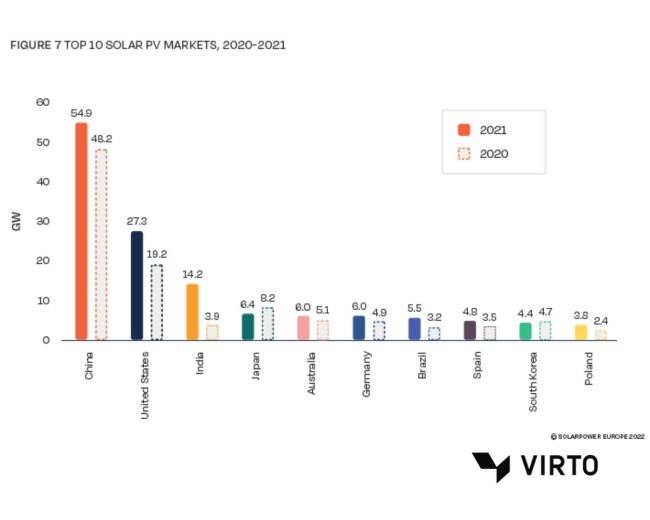
Germany
Next, on the 6th place is Germany with 6.0 GW installed in 2021 versus 4.9 GW in 2020. As mentioned before, the growth of the solar market is being supported by its government. Germany has set a goal to generate 80% of the total power generation in renewable energy by 2030, and for a full 100% by 2025. A number of solar ground-mounted projects were planned in 2022 which are expected to generate 6 GW of solar energy. This will boost the solar market in Germany even more.
Brazil
Brazil entered the top 10 solar pv markets only recently with a total solar capacity installed of 5.5 GW in 2021. The country may have been able to increase this number, however, due to the worldwide pandemic the solar growth was slowed down.
Spain
Spain is on the 8th place with a solar energy generation of 4.8 GW. The country has a well-developed PPA market, without any subsidies. Spain is expected to boost its solar energy market significantly as it has a 100 developments projects plants that will generate more than 1 GW each.
South Korea
South Korea, now on the ninth place of solar pv markets, has known a decrease from 4.7 GW in 2020 to 4.4 GW in 2021. The country has set out important goals for utility companies that generate more than 500 MW: these companies need to be able to supply between 6% and 10% of their electricity from renewable power sources by the end of this year. South Korea has limited options when it comes to install utility-scale projects on land because of its mountainous terrain. Therefore, the country has decided to look into other options such as floating PV. South Korea has already installed the largest floating PV installation in 2021, generating 2.1 GW solar energy.
Poland
On the 10th place we have Poland, with a total amount of 3.8 GW solar energy generation. Poland was mainly focusing on rooftop projects, but is now implementing more utility-scale solar projects to increase the solar energy generation even more.
Let’s also take a closer look at some other statistics. Even though some countries are producing less solar energy expressed in GW capacity, the statistics look different when we look at the installed photovoltaic capacity per capita. This means the number of solar power generation “per person”.
Top 3 – solar energy per capita
In the top 3 of countries producing solar energy per capita in 2021, we find Australia, the Netherlands and Germany; followed by Japan, Belgium, Malta, Luxembourg, Denmark, South Korea and Switzerland.
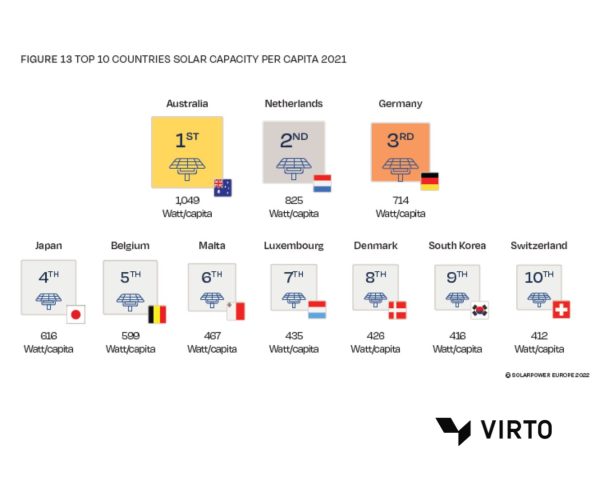
A forecast for the next years
The current numbers are based on data from 2020 and 2021, and numbers of 2022 are currently being processed.
Factors such as post-pandemic measurements such as lockdown in China early 2022, inflation and the Russian invasion in Ukraine, will certainly influence the solar market. We expect to see a significant shift to solar energy in 2022 because of some plans that have been taken. For instance, the European Commission has introduced the REPowerEU programme to speed up the transition to renewable energy and to reduce the import of Russian gas by two thirds.
In the next years, the top 20 solar countries are expected to install at least 1.218 GW by 2026. The top 3 countries (i.e. China, USA and India) will provide 55% of the solar energy for worldwide demand.
Top 20 countries overview
The top 20 of solar markets is as follows (from high to low) : China, USA, India, Germany, Brazil, Australia, Japan, Spain, South Korea, the Netherlands, Poland, France, Taiwan, Chile, Italy, Turkey, Vietnam, UAE, Greece and Saudi Arabia.
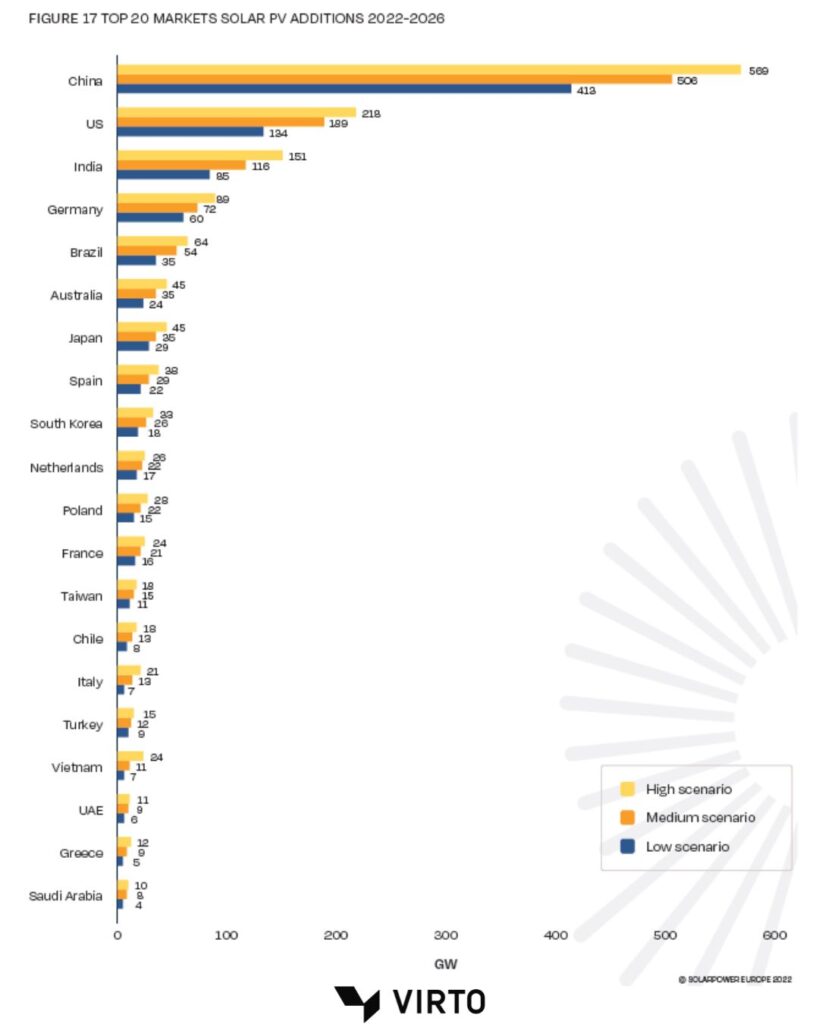
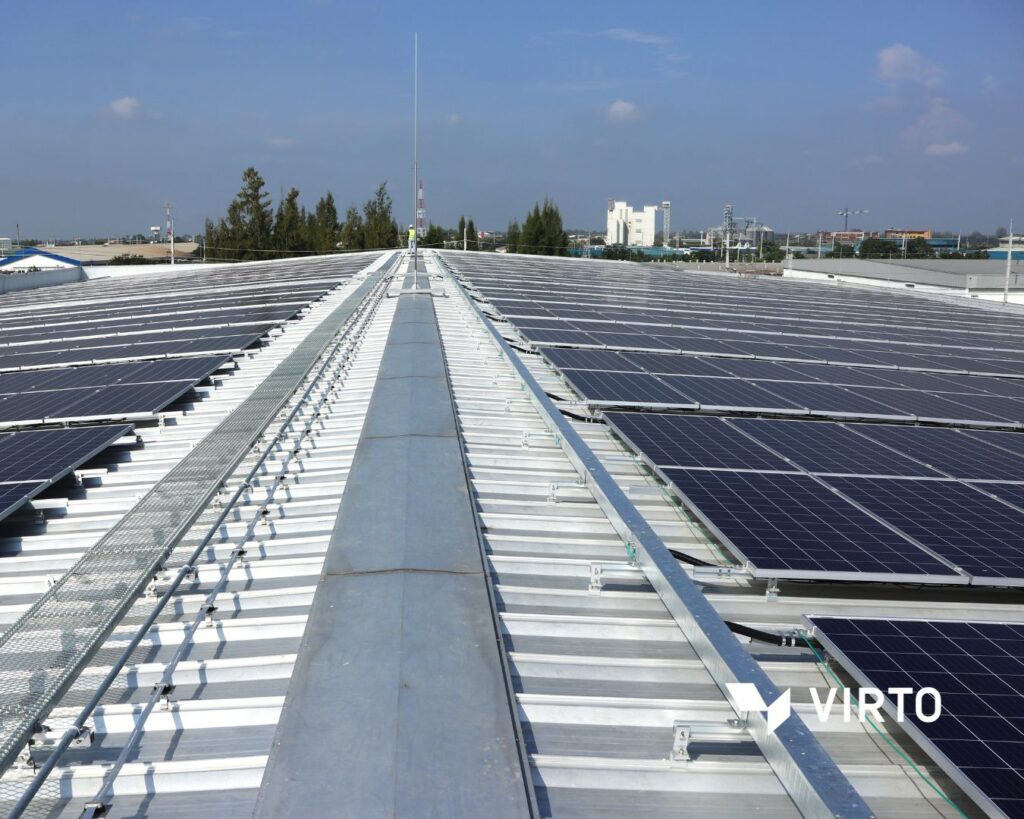
Rooftop & utility-scale solar
Solar power is divided into rooftop solar and utility-scale solar and generated 77.2 GW and 90.7 GW respectively.
We expect to that the utility-scale solar market will have increased to 125 GW – + 55 % – in 2022, and to 140 GW in 2023. By 2026, the utility-scale solar market is expected to generate more than 200 GW worldwide with a 58% solar generation of the total solar production.
However, this total installed capacity will depend on multiple factors such as political conditions and decisions. In addition, the world is facing more and more severe weather phenomena. This requires politicians and governments to take Climate Change seriously and take powerful decisions and solutions. And solar power is one of the many solutions to fight Climate Change.
Let’s not forget other advantages to solar power. On the one hand, solar power creates a wide range of job opportunities and local jobs. On the other hand, it gives us – both citizens and the industry – the opportunity and means to become more self-providing and independent, and move away from traditional and expensive energy sources such as fossil fuel, oil and gas.
We look forward to the results of 2022 and what to expect from the next years.
Conclusion
Solar power generation is expected to reach 200 GW in 2022 – the results will soon be published – even though this number may be a lot higher. The aim is to boost the solar energy production to reach important goals in order to fight Climate Change on the one hand; and become more self-providing and independent from other countries and other fuel sources such as gas and oil.
Countries and its governments need to take ambitious decisions to make this happen and need to allow legal conditions that stimulate solar growth. Germany is the perfect example of the impact of a new government with a clear view on the future.
Both solar rooftop and solar utility-scale projects contribute to solar production, each providing its own advantages and opportunities. Implementing solar installations will help all of us reach the goal of 2 TW by 2026.
How solar PV design software boosts the transition to solar energy
At Virto Solar we develop powerful and advanced photovoltaic solar software that automates the design process of solar pv commercial rooftop installations and utility-scale ground-mounted solar projects.
Virto Solar empowers engineers of EPC companies, installers, wholesale and mounting system manufacturers. Both our solar pv CAD plugin (Virto.CAD) and web-based framework (Virto.CORE) provide solutions to speed up the design process. We remove remove repetitive tasks and the risk of (manuel) errors, by automating calculations, 3D drawings, bill of materials and reports.
Our solar software helps engineers to save up to 75% on the total engineering time. Thanks to a quick and efficient design process, more solar projects can be create and completed in a shorter amount of time.
Try Virto.CAD for free for 30 days (request here) and experience all its features and functionalities. Our support team can assist you too.
Schedule a free 90-minute demonstration in which our customer success team will introduce you to our solar design software.
Source
SolarPower Europe 2022 . Download the full report via here.
Get In Touch
Request a free trial, schedule a demo, give us your feedback or ask us anything!
Simply drop us an email or give us a call.
Our team will be happy to assist you.
